Conservation concerns for extinct wolves in Scotland
- Published
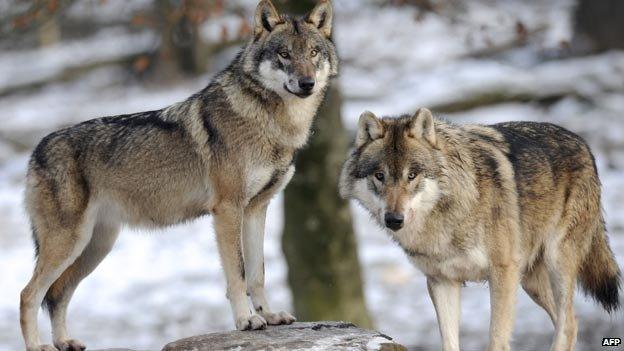
Hunts led by chieftains and royalty played a part in wiping out wolves in Scotland
Wolves continue to feature on a list of Scottish wildlife that people have concerns about in terms of conservation.
The wolf was hunted to extinction in Scotland in the 1700s with some of the last killed in Sutherland and Moray.
But a small number of respondents to the Scottish Nature Omnibus Survey mention the mammal when asked what wildlife they were most worried about.
Deer, red squirrel and Scottish wildcat top the list.
Commissioned by Scottish Natural Heritage, the survey is held on a regular basis to gauge public awareness of Scotland's natural world, and the efforts to protect and manage it.
Wolves have featured in the survey since 2011. Just 1% of respondents mentioned the predator in the latest survey.
However, people did rate it ahead of creatures that do inhabit Scotland and have conservation issues, such as puffins, voles, red kites and ptarmigan.
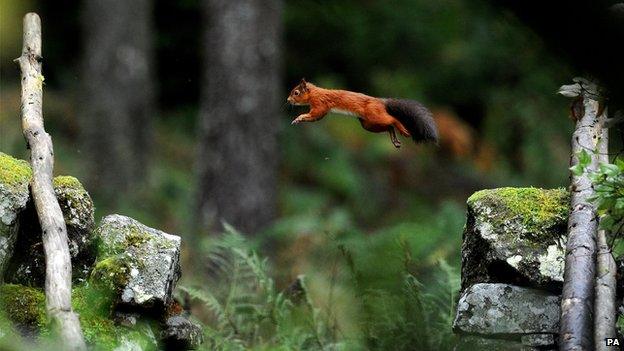
The red squirrel also appears on the list of wildlife that people have concerns about
Wolves were driven to extinction by persecution and hunting. Chieftains and royalty led some of the hunting parties.
One attended by Queen Mary in 1563 employed 2,000 Highlanders and ended in the deaths of five wolves and 360 deer.
Huge swathes of forest in Perthshire, Lochaber and Argyll were systematically destroyed to deprive wolves of their habitat.
The remains of a wolf trap have also been found at Moy, near Inverness, dating from between the 16th and 18th centuries.
Wolves were lured by bait onto a carefully weighted plank above a deep pit covered with brush wood.
Animals killed near Brora, in Sutherland, in 1700 and another at Findhorn, in Moray, in 1743 were among Scotland's last.
More recently there has been debate on the re-introduction of wolves to Scotland, including the Alladale Estate in Sutherland.
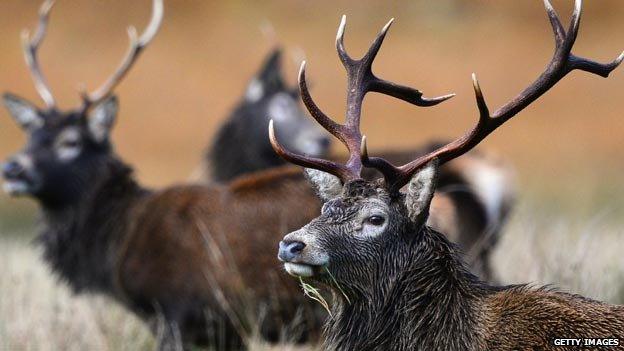
SNH wants to control deer numbers to protect habitats
Deer top the survey's list while red squirrels are second and Scottish wildcats, a species in danger of becoming extinct, are third.
People said they were worried for deer because they were shot, hunted and culled.
Deer also head the survey's list of wildlife the survey's respondents most associated with Scotland.
SNH has been trying to control deer numbers for several years because of the damage they cause to habitats by their grazing.
The researchers noted that the results of the survey highlighted the challenge SNH has in getting the public to understand why deer are culled.
Other results of the survey suggest that people who live in large urban areas, young people and minority ethnic groups are the least likely to go out and "enjoy the outdoors".
-
Beaver
×Beaver: Hunted to extinction for fur, meat and medicine, they were officially reintroduced to Knapdale Forest in Argyll, south-western Scotland, between 2009-10. The trial is the first formal reintroduction of a mammal to take place in the UK. Colonies that have recently appeared on the River Tay in eastern Scotland, and the River Otter in Devon, are of more mysterious provenance. In June 2015 it was reported that one of the females living on the River Otter had given birth.
-
Goshawk
×Goshawk: Wiped out in the 19th Century, partly due to deforestation and relentless persecution by gamekeepers. Unofficially re-introduced from the 1960s onwards by falconers and hawk-keepers, some were deliberately released and others escaped into the wild. There are thought to be about 500 pairs in Britain - 150 of them in Scotland, mainly in the borders, the north-east and Dumfries and Galloway.
-
White-tailed sea eagle
×White-tailed sea eagle: Became extinct in the early 20th Century, reintroduced to the Isle of Rum, one of the islands of the Inner Hebrides, in 1975. The white-tailed eagle is the largest UK bird of prey, with a wingspan of about 2.45m (eight feet). Numbers are still very low as work to reintroduce the species has been hampered by the theft of eggs.
-
Osprey
×Osprey: Having disappeared from the British Isles by the start of the 20th Century, they began breeding again at Loch Garten in Strathspey in 1954. Since then conservationists have worked hard to encourage the population to increase by protecting nests and introducing the bird to other sites in Britain. There are now estimated to be between 200 and 250 breeding pairs.
-
Reindeer
×Reindeer: The most recent fossil evidence is 8,300 years old. Reintroduced into the Cairngorms in 1952, there is a single herd of about 150 animals. They range freely in the highlands, but are tame and popular with tourists.
-
Great bustard
×Great bustard: Hunted to extinction in 1832, they were reintroduced to Salisbury plain in 2004, with the first chick fledging in 2009. The great bustard is one of the heaviest flying birds alive today - the male bird can reach up to one metre tall (3ft3in) and weigh 16kg (35lb).
-
Red kite
×Red kite: Reduced to a handful of birds in Wales, the red kites were released in north Scotland and the Chiltern Hills in Buckinghamshire in SE England during the late 80s and early 90s. Successful breeding populations have become established in both locations and since then more birds have been released in other locations. There are now thought to be more than 1,000 breeding pairs in the Chilterns alone.
-
Large blue butterfly
×Large blue butterfly: First recorded in 1795, the large blue was extinct by 1979 due to loss of suitable habitat. Following a reintroduction with Swedish stock, there are now estimated to be more than 10,000, spread over 11 sites, mainly in south-west England, including the Polden Hills in Somerset, Dartmoor and Gloucestershire.
-
Pool frog
×Pool frog: Became extinct in England in the 1990s. About 70 from Sweden were reintroduced in Norfolk in 2005. The pool frog has since beeen reintroduced at a number of other sites, including Hampshire, Surrey and Essex. Latest evidence suggests they are now well-established and breeding.
-
Lynx
×Lynx: Applications have been submitted for a five-year trial to release around 18 lynx at sites in Norfolk, Cumbria, Northumberland and Aberdeenshire. Reintroductions into other European countries have been remarkably successful. The lynx hunts deer and smaller prey such as rabbits and hare, and is not regarded as a danger to humans.
- ×
- Published13 November 2013
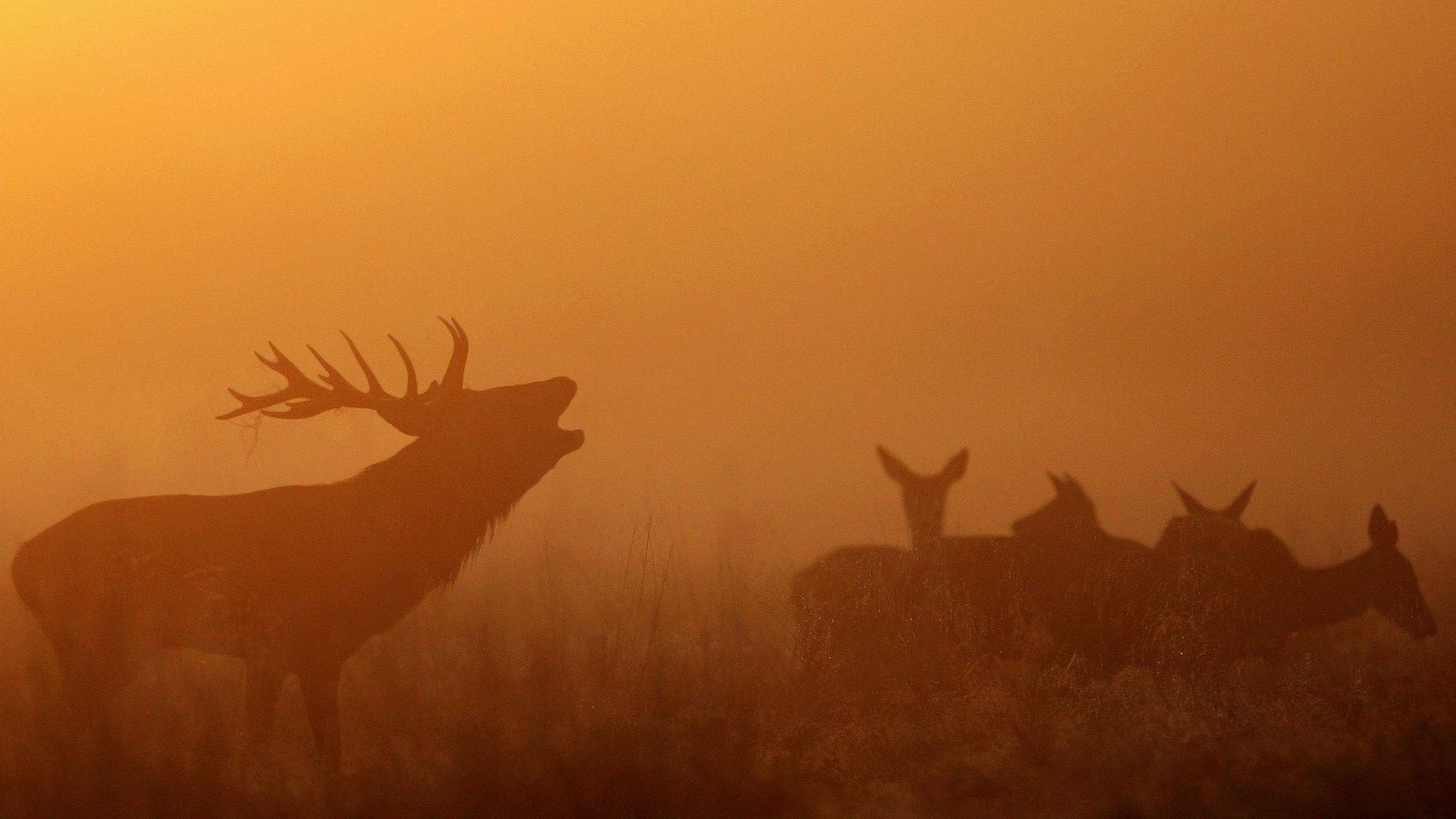
- Published1 November 2013
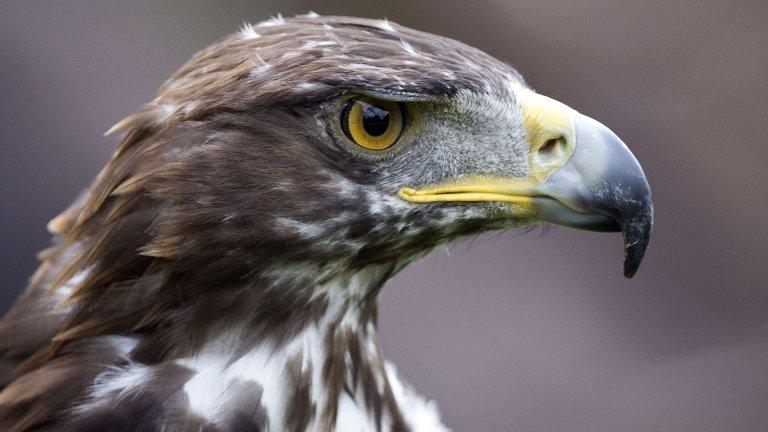
- Published28 October 2013
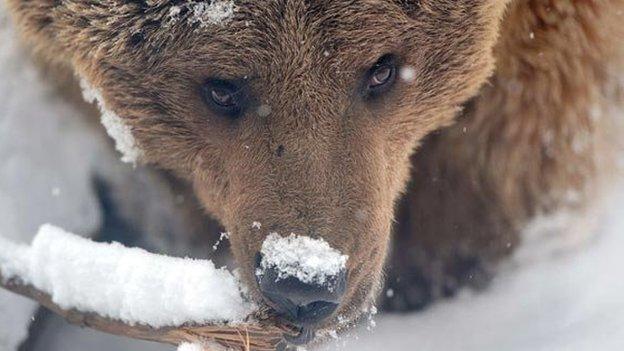
- Published24 September 2013
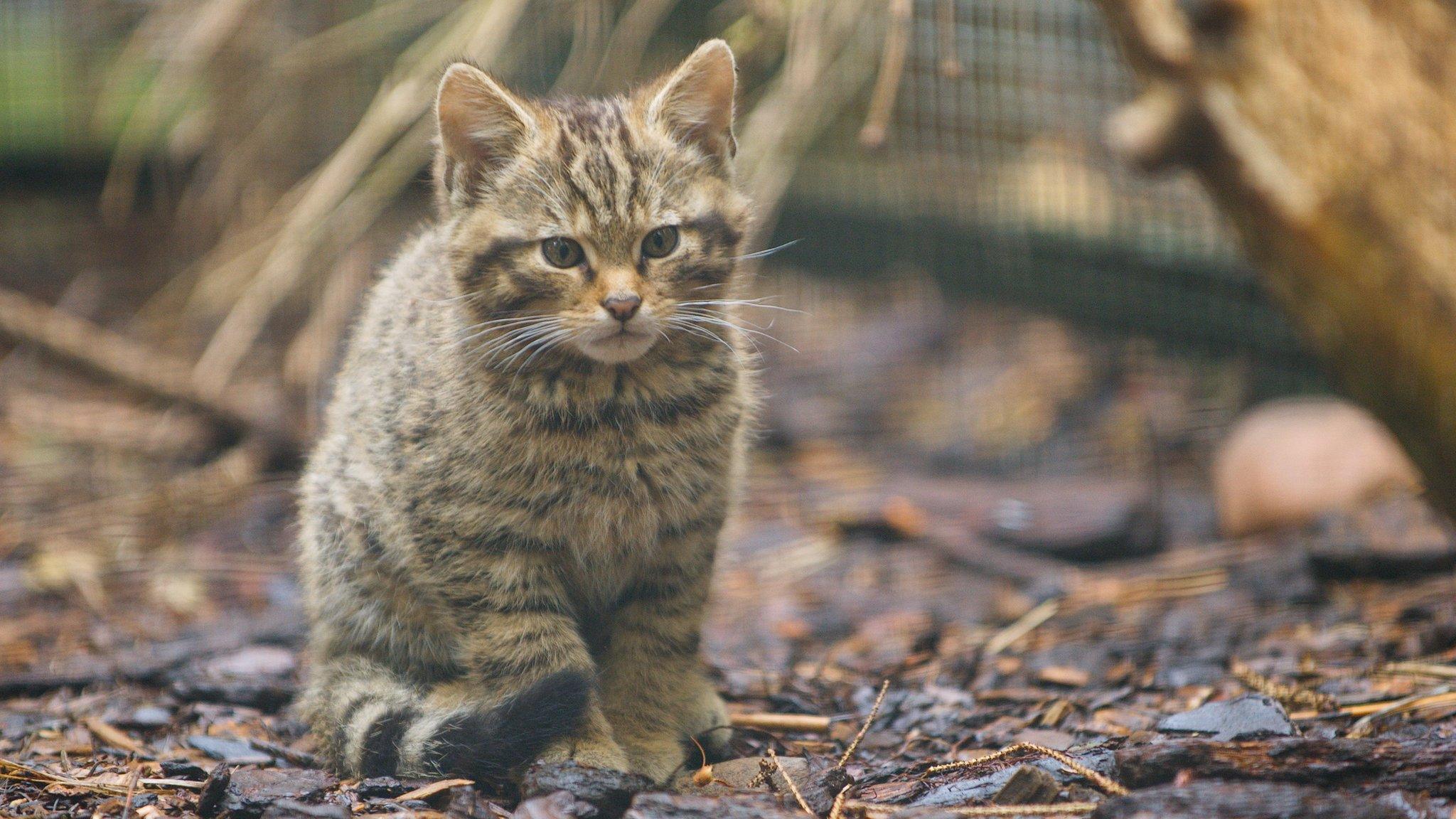
- Published10 June 2013
